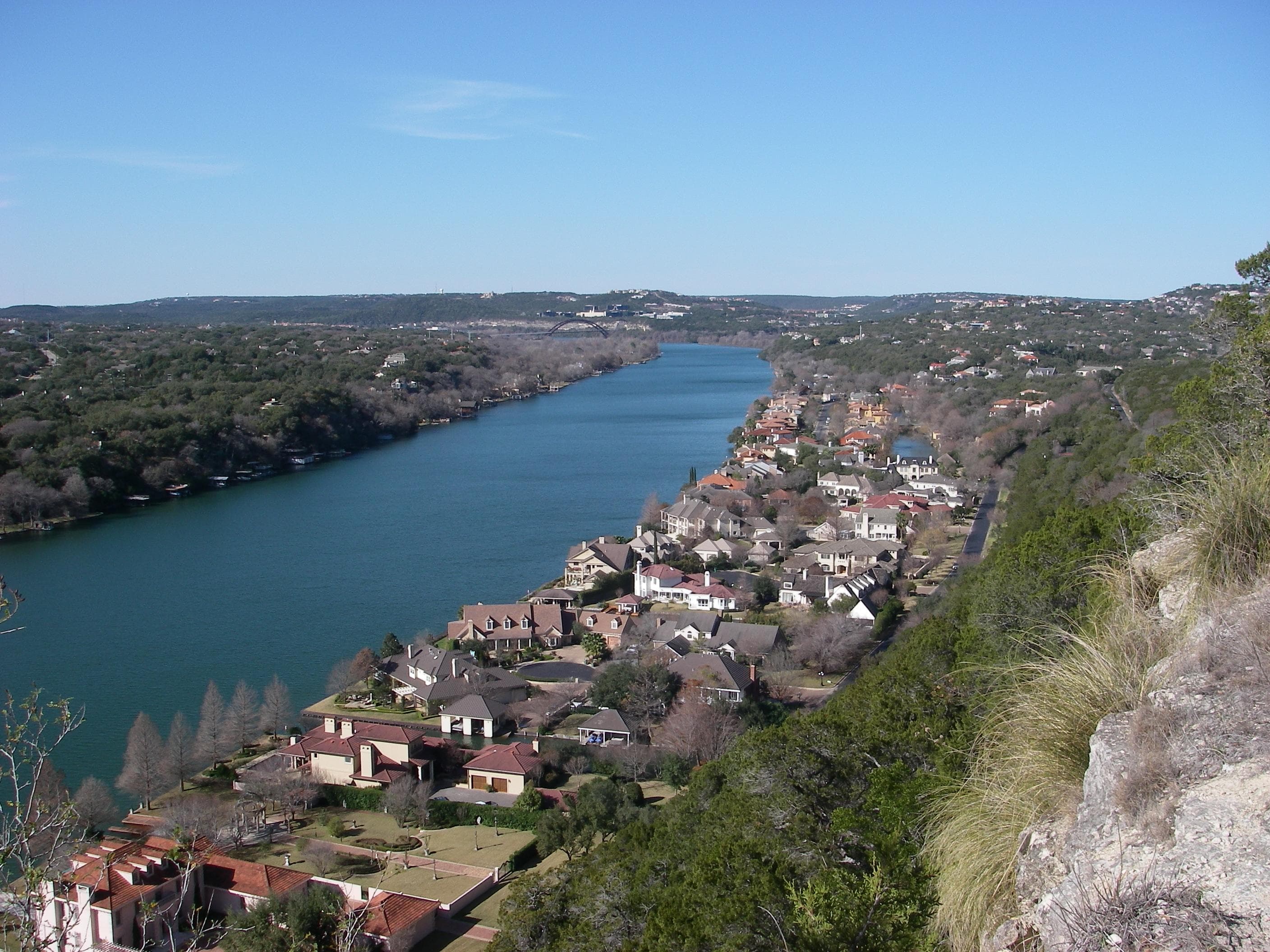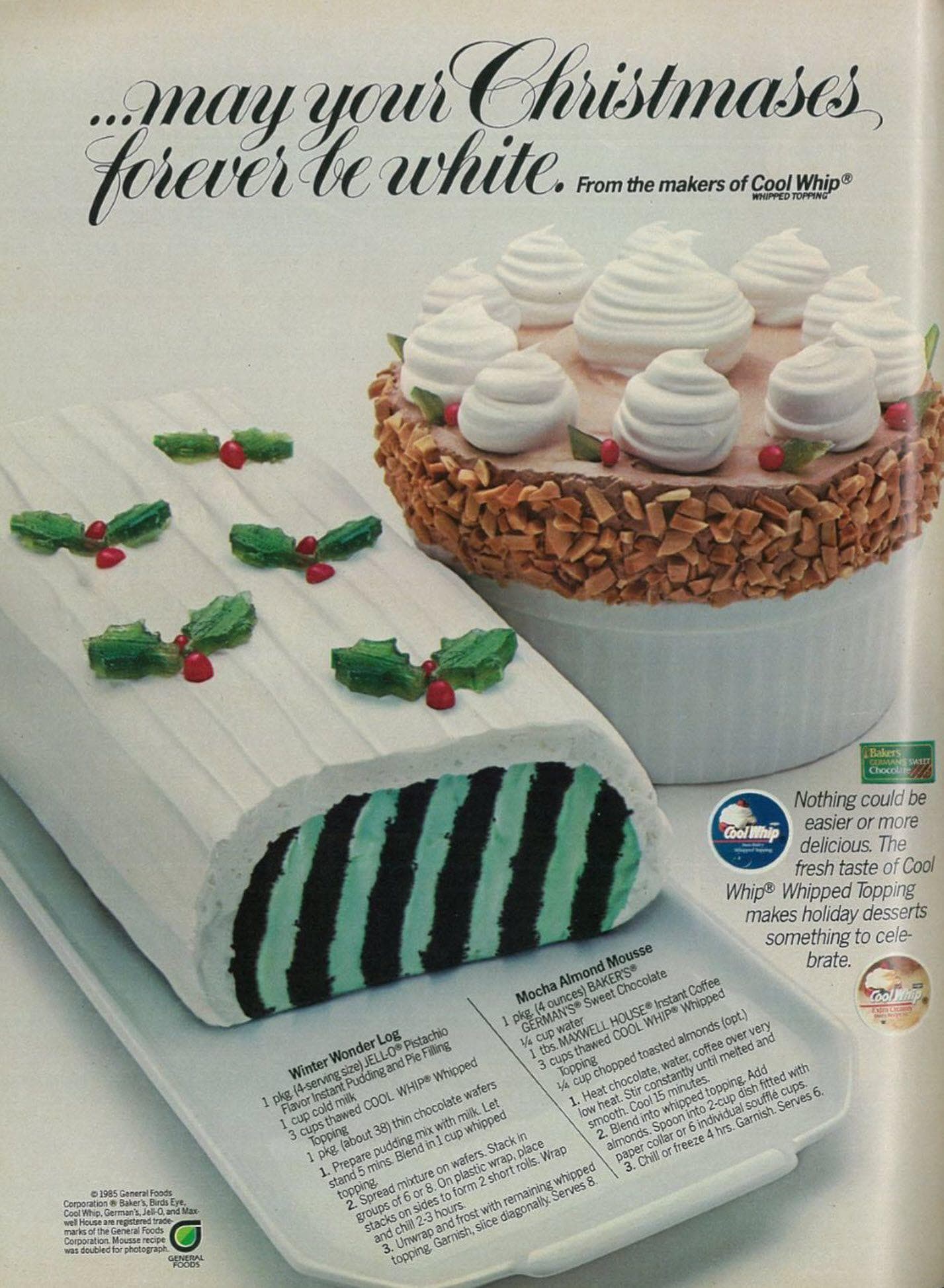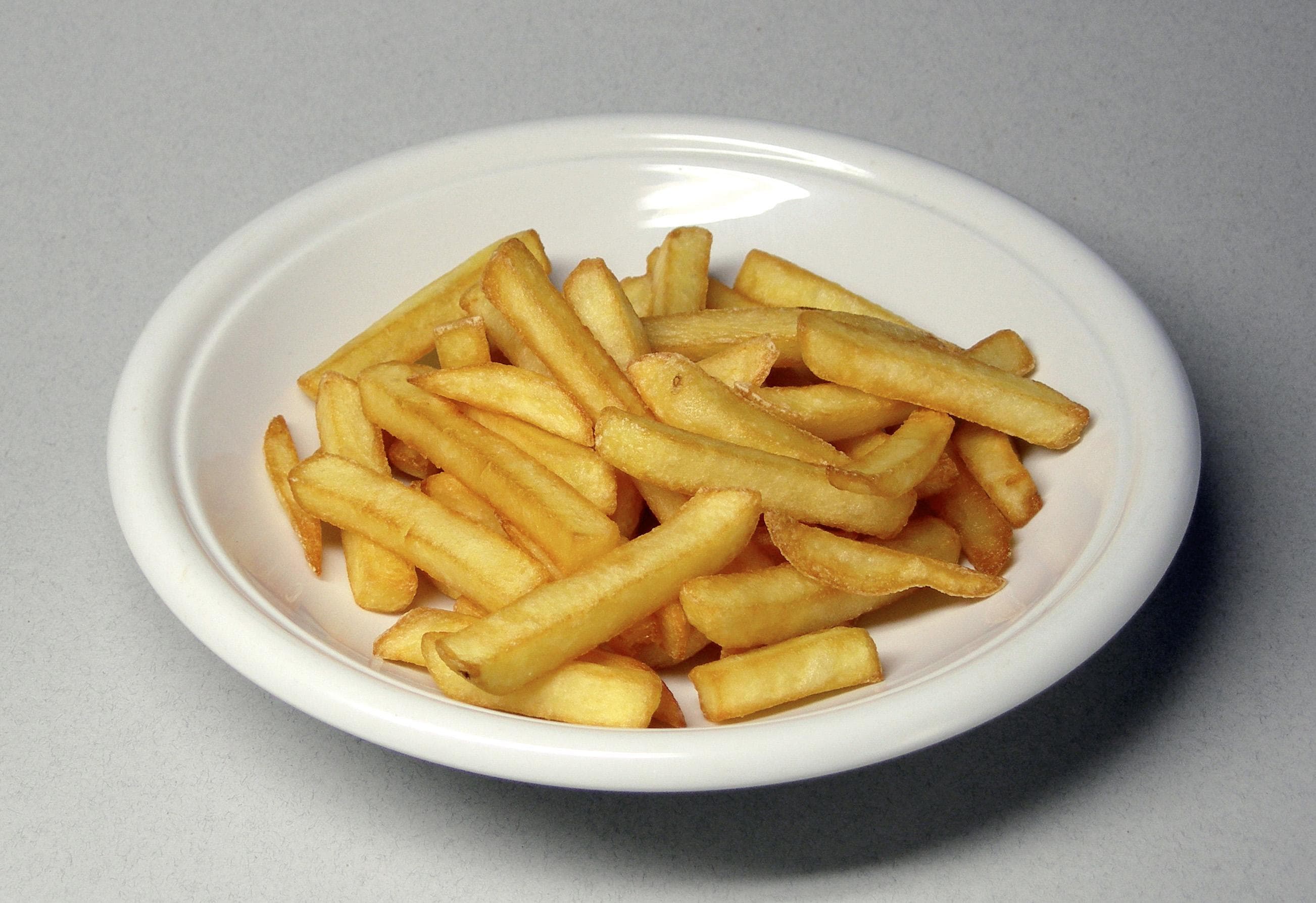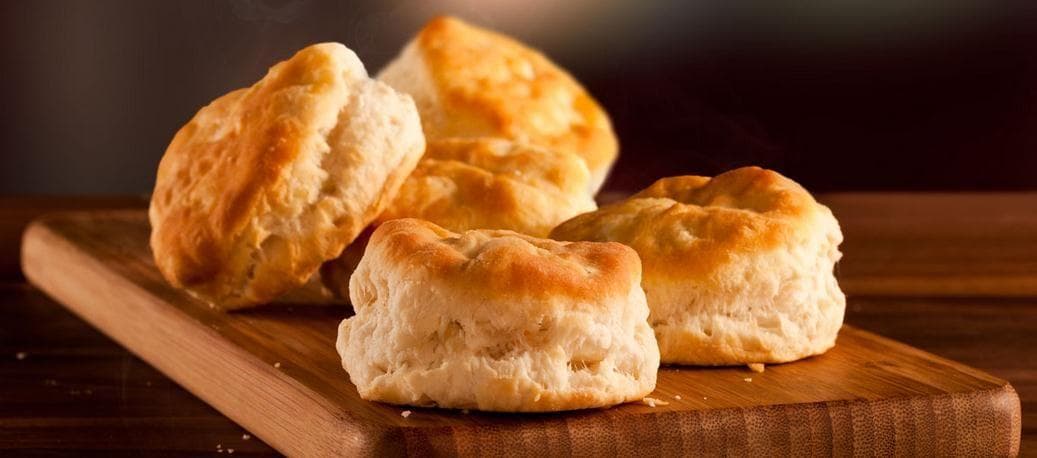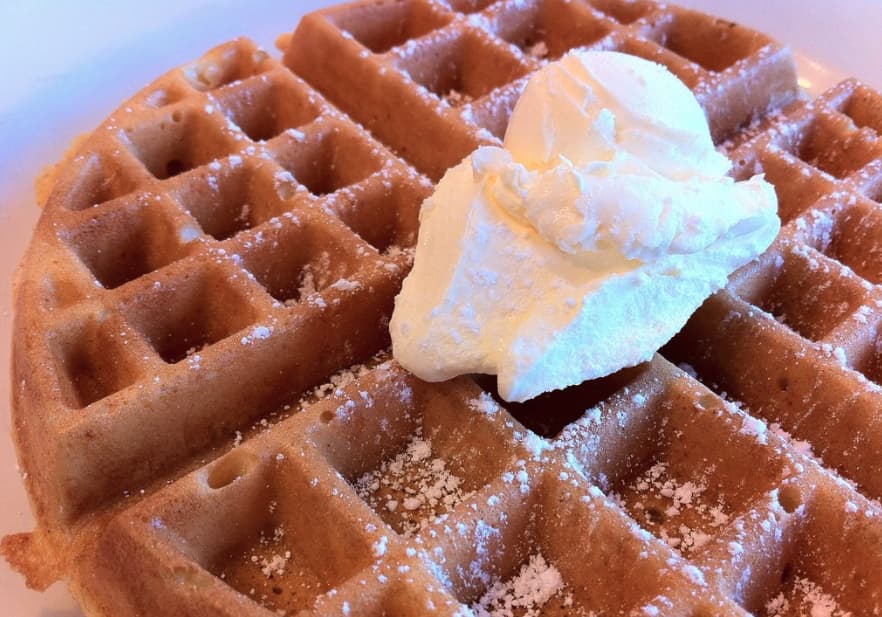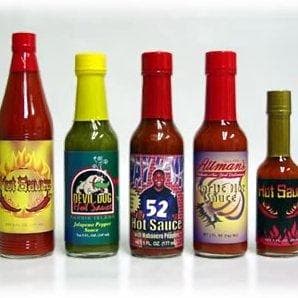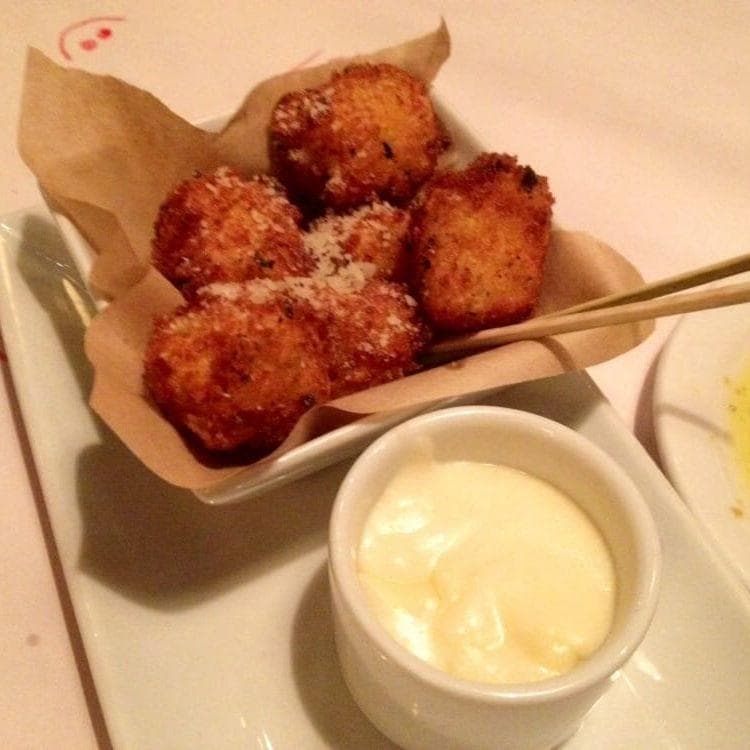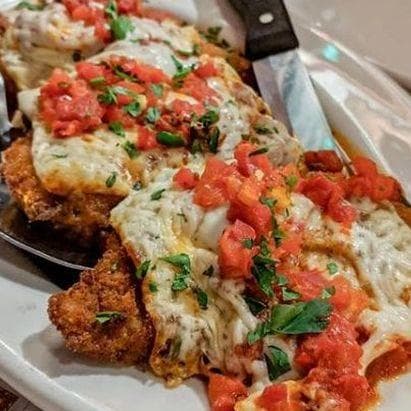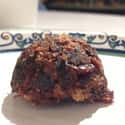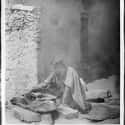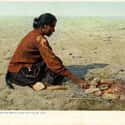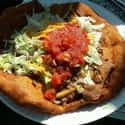-
(#5) Wasna: Lakota Dried Meats And Fruits
"Wasna" roughly translates to "anything mixed together," and the Sioux people - made up of the Lakota, Dakota, and Nakota - believed in both its nutritional and spiritual importance. According to legend, wasna (also known as pemmican) was the lifeblood of the Sioux people, a mixture of dried meat, fruit, and fat.
Due to its high caloric value, wasna was highly valued because it could keep warriors and hunters going for days on end. To make wasna, Native Americans took dried meat, most often beef, buffalo, or venison, and mixed it with dried berries. It was coated in melted kidney fat or lard and eaten with a spoon or by hand. Wasna was also put into pouches or bladders, but is now often shaped into balls, patties, or squares for easy travel.
-
(#8) Piki: Hopi Cornmeal Bread
"Piki," a thin cornbread made by the Hopi, was similar to Navajo paperbread. Piki was made using blue or red corn that was mixed with ash and water. While the dough was often thick, the piki itself was very fine and thin. Women would take handfuls of piki dough and spread it over a hot, flat stone.
Once cooked, the piki could be folded, left flat, or rolled and served with a variety of other foods. It could also be left plain, sometimes flavored and brightly colored, as well.
The art of making piki was something women acquired over years of practice ,and the piki stone was located in a small room or house reserved for making piki.
-
(#1) Ntsidigo'i: Navajo Kneel-Down Bread
Navajo kneel-down bread, traditionally called "ntsidigo'i," was named for how it looks after preparation. The bread was made of corn, a staple of the Navajo diet. Ground corn was wrapped in corn husks and then boiled or baked. Because the ends of the husks were tucked in or folded, the whole thing looked like the legs of a kneeling individual.
Kneel-down bread was soft once it was cooked, often with a crispy outside layer. Sometimes kneel-down bread was given to medicine men in payment for services or for a blessing. It was offered to tribal elders, as well. Kneel-down bread is also known as a Navajo tamale, but this isn't a universally accepted identifier.
-
(#4) Dah Díníilgaazh: Navajo Frybread
As another commonly found item among Navajo groups, frybread found many uses. Simply made using flour, milk, water, and shortening, frybread consisted of unleavened dough fried in a pan. Once the mixture was fried on both sides, it was topped with cheese, tomatoes, beans, or vegetables. In many ways, Navajo frybread served in this fashion resembled a taco.
Frybread was also served with atoo' - soups and stews - but could be drizzled with honey to sweeten it, as well.
Once Native Americans were relocated to substandard lands on reservations, they became increasingly dependent upon rations provided by the United States government. Frybread was one of the few foods that could be made using the lard, flour, and other supplies to which Native Americans had access.
-

(#2) Pashofa: Chickasaw Corn And Pork
"Pashofa," a mixture of pork, corn, and water, was a dish that required numerous hours of preparation. Pashofa was also a soup that needed to be made in large quantities because it was served to bring together members of the Chickasaw community.
To make pashofa, corn was cracked and put into boiling water. Hours upon hours of stirring allowed the corn to soften and, when the corn was halfway cooked, pieces of pork were added in.
It was important to keep the corn from sticking to the pot, something that necessitated paddles just for that purpose. Paddles made of hickory or oak were passed down for generations to stir pots of pashofa.
-

(#9) Kanuchi: Cherokee Hickory Nut Soup
The importance of the hickory tree for Native Americans can be seen in the use of hickory nut oil for cooking and medicine. Hickory nuts could be crushed and made into a drink, but they could also be boiled, strained, and made into "hiccory milk."
One recipe that was common among Cherokee peoples was "kanuchi," or hickory nut soup. During the early autumn, women gathered fallen hickory nuts and let them dry for several weeks. The meat from the nuts was extracted, ground, and formed into balls. After being stored for a time, the balls were added to a vat of boiling water. Once the mixture was strained for any residual shell pieces, Cherokee women added hominy and, at times, sugar or honey.
New Random Displays Display All By Ranking
About This Tool
Native Americans are Indians, but many Americans today do not learn about the traditional food culture of American Indians, even though many Americans often eat foods that are influenced by Indians. The most important foods of the Old West Indian tribes were corn, pumpkins, and bison. Traditionally, American Indians’ food sources are hunting, fishing, raising livestock, and farming. Some traditional foods from the Old West have developed into signature dishes in different regions of the United States.
Many Indian tribes try their best to preserve Indian culture, including their food culture. Native Americans are full of respect, love, and gratitude to the earth because it is their food source. You could know more foods from the Old West with the generator.
Our data comes from Ranker, If you want to participate in the ranking of items displayed on this page, please click here.


